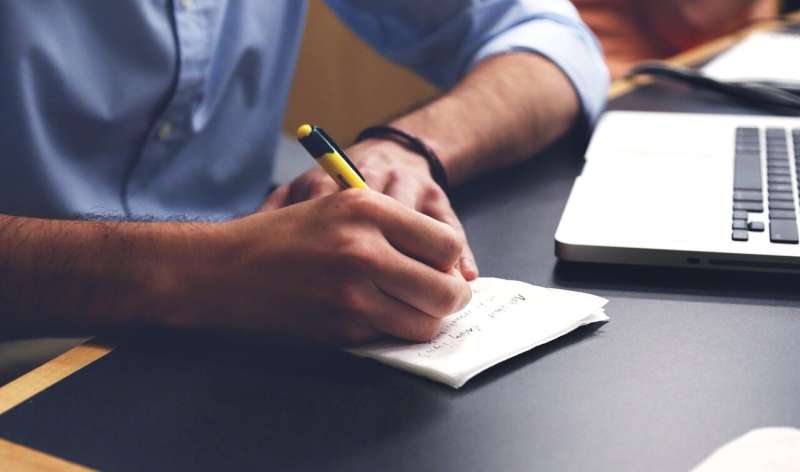Innovative Research on ACL Injury Treatment Draws Inspiration from Dogs

Recent advances in understanding and treating anterior cruciate ligament (ACL) injuries suggest that our canine companions may hold the key to faster and more effective therapies. ACL injuries are prevalent among athletes, especially young females, and can lead to early-onset post-traumatic osteoarthritis (PTOA). Despite surgical interventions, many patients suffer ongoing pain and reduced mobility, highlighting the need for better treatment options.
A groundbreaking study published on April 18 in the Journal of Orthopedic Research has uncovered that both dogs and humans exhibit elevated levels of a specific protein, periostin, in their joint fluid following ACL injury. This discovery supports using naturally occurring ACL injuries in dogs as a model to better understand the disease and develop targeted therapies, potentially accelerating the discovery process.
Sydney Womack, the study’s lead author and a dual DVM and Ph.D. candidate at Cornell University’s College of Veterinary Medicine, emphasized the close similarity between canine and human ACL injury profiles. "Dogs live with us in our homes, share our activities, and experience similar lifestyle factors, making them an exceptional resource for translational research," she explained.
The research involved analyzing joint fluid samples from dogs at Cornell University and humans at New York City’s Hospital for Special Surgery. Remarkably, 60% of the proteins identified were common between the two species, with periostin being the most significantly upregulated gene after injury. This protein is also associated with other conditions such as heart disease and certain cancers in humans, indicating its importance across multiple fields.
Heidi Reesink, an associate professor at UC Davis and senior author of the study, noted the significance of the consistent results across species. "This consistency enhances our confidence that studying periostin in dogs can directly inform human medicine," she said.
The shorter lifespan of dogs and easier access to joint samples enable researchers to observe PTOA progression within roughly a decade, in contrast to the many decades it takes in humans. Womack plans to further investigate periostin’s role in joint degeneration, exploring it as a potential biomarker or therapeutic target.
As the understanding of periostin deepens, the hope is to develop treatments that can mitigate inflammation and joint degeneration early on. Moreover, the research opens avenues for a broader application of targeted therapeutics across various species and diseases.
Co-authors of this study include notable experts in orthopedic research from Weill Cornell Medical College and HSS, underscoring the collaborative effort behind this promising advancement.
Source: medicalxpress.com/news/2025-04-advances-acl-injuries-dogs
Stay Updated with Mia's Feed
Get the latest health & wellness insights delivered straight to your inbox.
Related Articles
Decoding Hand Actions in the Human Brain: The Alphabet of Movement
New research uncovers how the human brain constructs complex hand movements from basic building blocks, enhancing our understanding of motor control and potential applications in robotics and neurorehabilitation.
Innovative Ultrasound Helmet Facilitates Non-Invasive Deep Brain Stimulation
A novel ultrasound helmet enables non-invasive, targeted stimulation of deep brain structures, promising advances in neuroscience research and treatment of neurological disorders without surgery.
Innovative One-Dose Vaccine Strategy Boosts Immune Response Using Dual Adjuvants
A groundbreaking single-dose vaccine approach using dual adjuvants has shown to generate a diverse and potent immune response, promising advancements in immunization for various infectious diseases.
New Approval of Treatment for Rare Genetic Vision Loss Following Clinical Trial
A new treatment for Leber's Hereditary Optic Neuropathy (LHON), a rare genetic eye disease, has been approved for NHS use after successful clinical trials, offering hope for improved vision in affected patients.



